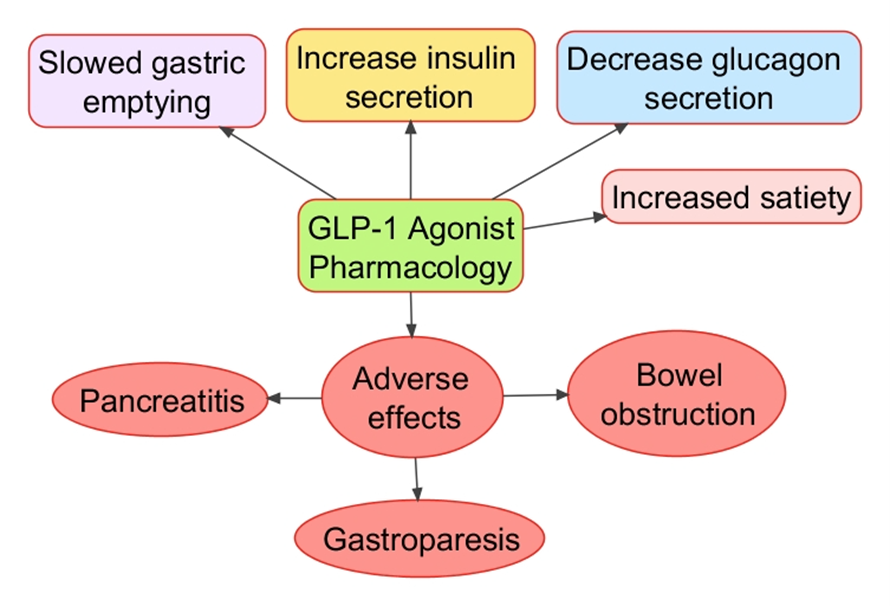Balancing the Risks and Benefits of GLP-1 Agonists for Weight Loss
DOI:
https://doi.org/10.5530/bems.10.2.9Keywords:
GLP-1 agonists, Obesity, Incretin, Weight loss, GastrointestinalAbstract
The emergence of GLP-1 agonists has revolutionized the management of type 2 diabetes and obesity. Their efficacy in inducing weight loss and improving glycaemic control is undeniable. However, the rapid expansion of their use necessitates a cautious approach, given the potential for adverse effects. GLP-1 agonists mimic the actions of the incretin hormone, glucagon-like peptide-1. While their therapeutic benefits are substantial, concerns have arisen regarding the long-term safety profile of GLP-1 agonists. Gastrointestinal adverse effects, such as nausea, vomiting, and diarrhoea, are common but often resolve with continued use. However, more severe gastrointestinal complications, including pancreatitis and gallbladder disease, have been reported. Despite these potential adverse effects, GLP-1 agonists remain valuable tools in the management of type 2 diabetes and obesity. However, their use should be carefully considered on an individual basis, with regular monitoring for any adverse reactions. Healthcare providers must maintain vigilance and engage in open communication with patients to optimize treatment outcomes while minimizing risks. As our understanding of GLP-1 agonists evolves, continued research is imperative to elucidate their long-term safety profile and identify patient populations at increased risk of adverse events.

Downloads
Published
How to Cite
Issue
Section
License

This work is licensed under a Creative Commons Attribution-NonCommercial-NoDerivatives 4.0 International License.









